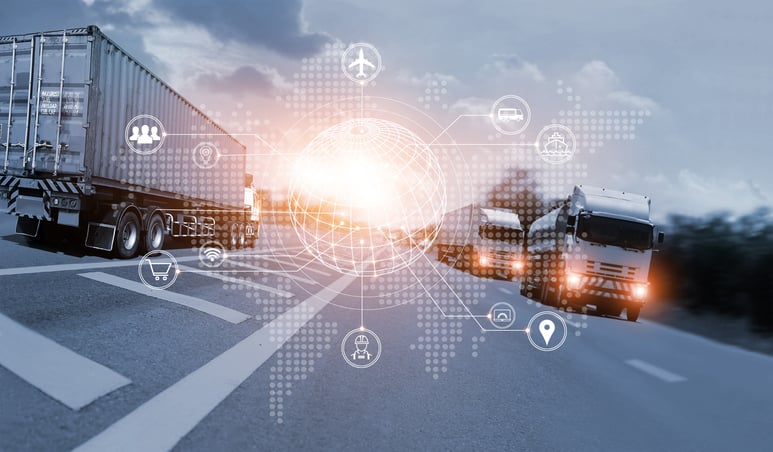Each year, we see changes, new trends, and updated technologies across many industries, and trucking in no exception. Within our industry, we’ve seen technologies grow in leaps and bounds over the last several years with no indication that it’s slowing down. Some of the new technologies we’ve seen emerge this year can give us some insight into where the industry is headed and how we’ll be moving freight in the future.
Here are three key takeaways from this year’s technological advancements:
The internal combustion engine is here to stay
We’ve all been following the advancements of engines and noticing the trends toward hydrogen fuel cell and battery-electric powertrains, and for a while it felt as though the writing was on the wall for the internal combustion engine (ICE), which has been moving people and goods for over a century. As we move towards more modern, cleaner, and more environmentally friendly modes of transport, at a glance it would seem the days of ICE domination are coming to an end, but when we take a closer look, this isn’t the case.
First of all, the infrastructure needs to charge such vehicles is not yet in place. There are not enough places to charge this type of vehicle at this time, and while technology is rapidly improving, the ranges are still limited.
More interesting is the advancements in ICEs and the fuel they burn. We’re moments from a whole new generation of ICEs that can run on a number of clean fuels while delivering equal, if not more efficient performance to today’s diesel engines.
It will be very interesting to see how these new, clean-fuel ICEs perform in long-haul application as this tech trend develops, but as of right now, this is currently trending as a viable option as to how the industry will convert to green alternatives in the future.
Advanced driver safety systems are merging with autonomous technology
Since 2015, when we witnessed the first autonomous truck cruising across the Hoover Dam, there has been speculation about adoption of this new technology and when or it could become part of mainstream fleet operations. While there is a lot of speculation still on this topic, as of right now, it looks like the adoption of this technology will have a more modest rollout in fleets. This possibly looks like using this tool more as advanced driver assistance and safety aids, helping drivers remain alert and manage through all types of driving environments.
2027 emissions regulations could change the game
The industry should be preparing now for diesel exhaust emissions regulations coming our way in 2027. These regulations are a bit aggressive and will likely result in some disruption and transformation of the industry. While there’s still a lot we don’t know about these regulations and there are still a lot of moving pieces on this front. As or right now, this could still play out in several different ways, but savvy fleet managers will want to stay abreast of this one as it unfolds so they can have plans in place for what comes next.








